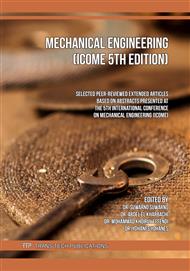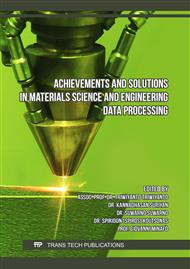p.23
p.35
p.45
p.53
p.59
p.69
p.79
p.89
p.101
Effect of Propylene Glycol on Supercooling NaCl-H2O Solution as PCM to Reduce Energy Consumption in Hybrid Reefer Container
Abstract:
In its use, reefer containers require a lot of energy to operate to cool the cargo inside. Because the cooling system in the reefer container must operate continuously to maintain the temperature in the container. To reduce the operation of the cooling system, reefer containers are equipped with PCM (phase change material) as thermal energy storage which can store heat energy longer to create a lag time for the operation of the cooling system. In previous research, the use of PCM in cold storage can save the cost of using cold storage. From this research, the use of PCM in reefer containers was developed. The eutectic mixture used as PCM is NaCl-H2O with additional ingredients is propylene glycol. Before being applied to the reefer container, the mixture was tested using the cooling chamber methods to determine its thermophysics. The presence of additives in the PCM eutectic mixture is expected to reduce the supercooling phenomenon, reduce corrosive properties and increase the use of PCM based on NaCl-H2O.
Info:
Periodical:
Pages:
59-65
Citation:
Online since:
March 2023
Authors:
Keywords:
Price:
Сopyright:
© 2023 Trans Tech Publications Ltd. All Rights Reserved
Share:
Citation:



